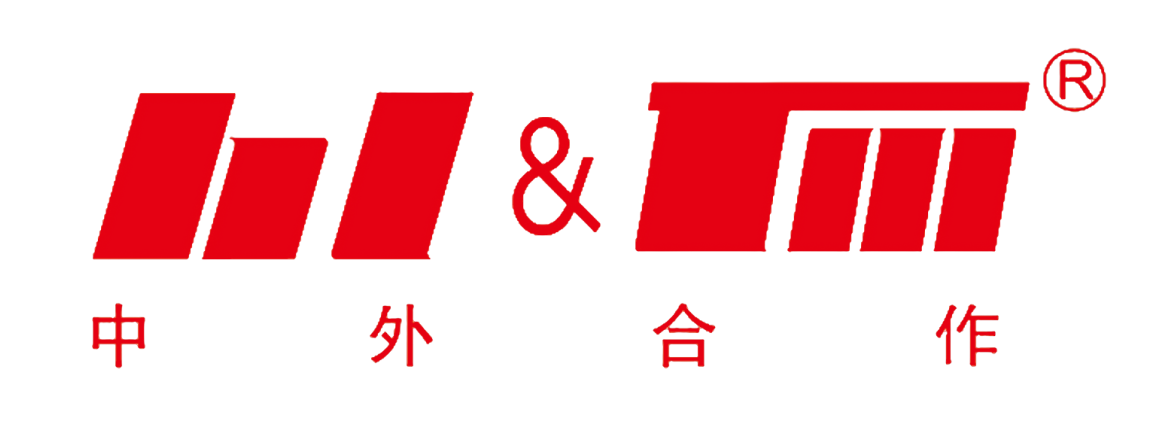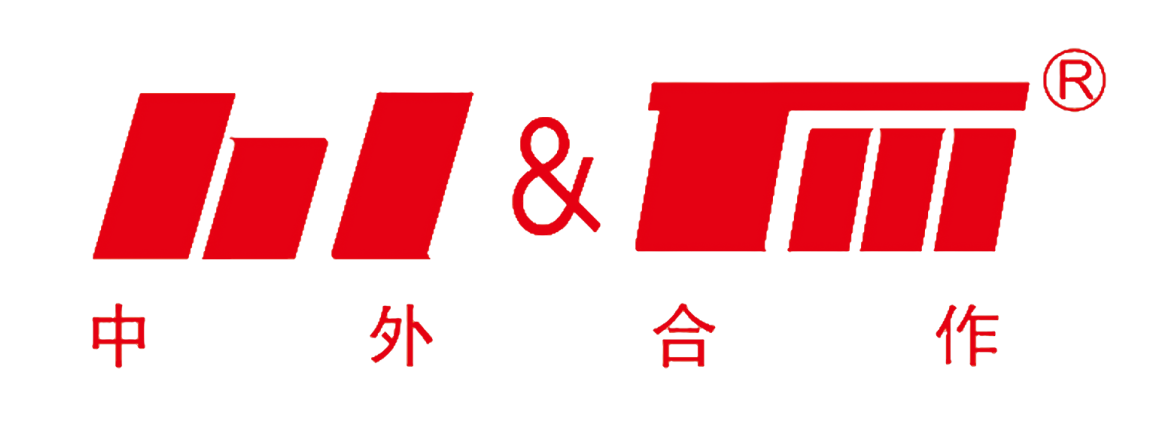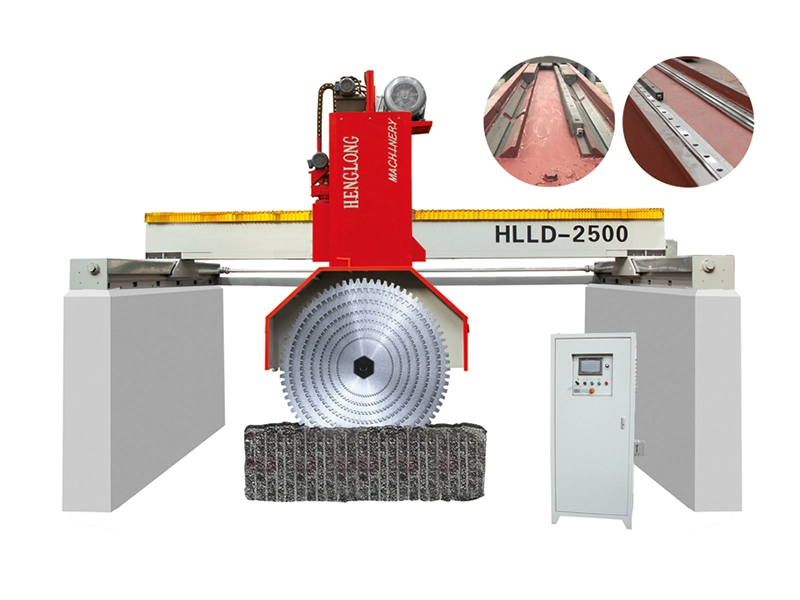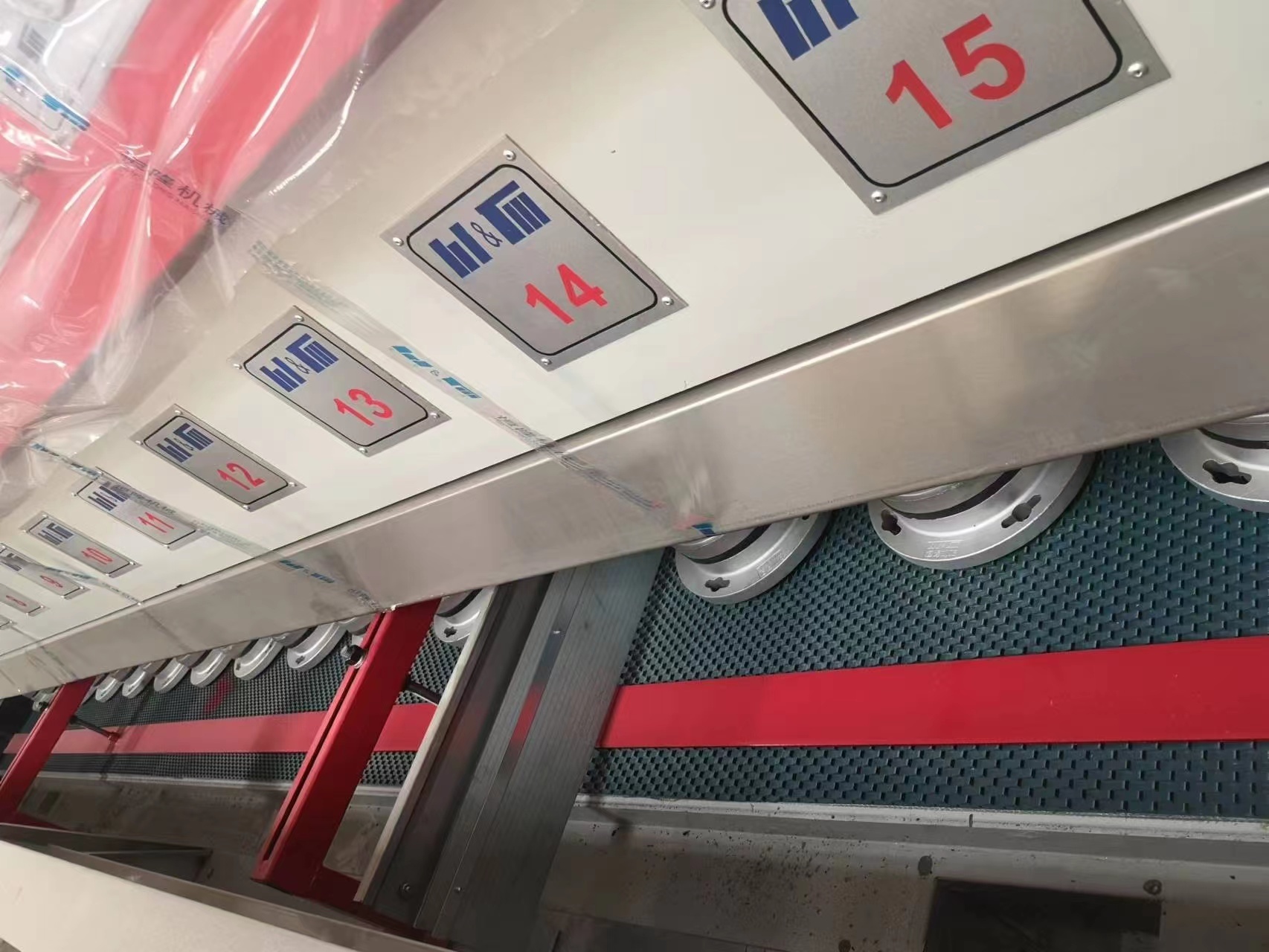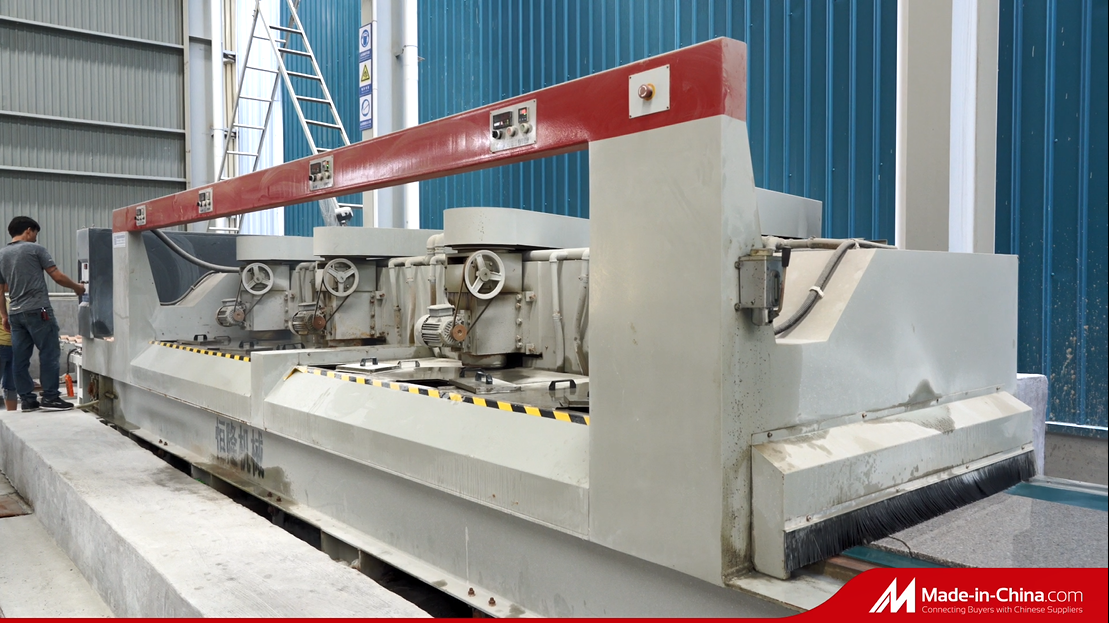Understanding Stone Calibrating Machine Spots: Enhancing Precision in Stone Processing
Time:
Apr 10,2025
In the stone processing industry, precision is key, and stone calibrating machines play an essential role in achieving this. These machines are designed to ensure that stone slabs are uniformly thicknessed, which is crucial for both aesthetic and functional purposes. One of the critical aspects of maintaining the efficiency of these machines is understanding the concept of "spots," which refers to specific areas on the machine where calibration and adjustment occur.
The calibration process involves adjusting the machine to achieve the desired thickness of the stone. This is done by identifying the high and low spots on the stone slab. High spots can cause uneven surfaces, while low spots may lead to inadequate material removal. By using a stone calibrating machine, operators can effectively manage these discrepancies, leading to a more uniform final product.
Proper identification and adjustment of spots are vital for maximizing the performance of the calibrating machine. Regular monitoring of the machine’s calibration settings ensures that it operates at peak efficiency. Operators should be trained to recognize signs of wear or misalignment, as these can directly affect the quality of the end product. Moreover, routine maintenance checks are essential for identifying any issues that might arise during operation.
To enhance the calibration process, it is advisable to utilize advanced technology such as laser measurement systems. These systems provide real-time feedback on the stone's thickness and can pinpoint areas that require further attention. By integrating such technology into the calibration workflow, operators can improve accuracy and reduce waste, ultimately leading to cost savings and higher productivity.
Additionally, it is important to select the right diamond tools for the specific type of stone being processed. Different stones have varying hardness levels, and using inappropriate tools can lead to premature wear on both the stone and the machine. Ensuring that the calibrating machine is equipped with the right tools for the job will enhance the quality of the calibration process and extend the lifespan of the equipment.
In conclusion, understanding stone calibrating machine spots is integral to achieving high-quality results in stone processing. By focusing on precision, leveraging advanced technologies, and maintaining the equipment, professionals in the construction and decoration materials industry can ensure that their stone processing operations are both efficient and effective. Prioritizing these factors not only enhances the quality of the finished products but also contributes to the overall success of the business.
The calibration process involves adjusting the machine to achieve the desired thickness of the stone. This is done by identifying the high and low spots on the stone slab. High spots can cause uneven surfaces, while low spots may lead to inadequate material removal. By using a stone calibrating machine, operators can effectively manage these discrepancies, leading to a more uniform final product.
Proper identification and adjustment of spots are vital for maximizing the performance of the calibrating machine. Regular monitoring of the machine’s calibration settings ensures that it operates at peak efficiency. Operators should be trained to recognize signs of wear or misalignment, as these can directly affect the quality of the end product. Moreover, routine maintenance checks are essential for identifying any issues that might arise during operation.
To enhance the calibration process, it is advisable to utilize advanced technology such as laser measurement systems. These systems provide real-time feedback on the stone's thickness and can pinpoint areas that require further attention. By integrating such technology into the calibration workflow, operators can improve accuracy and reduce waste, ultimately leading to cost savings and higher productivity.
Additionally, it is important to select the right diamond tools for the specific type of stone being processed. Different stones have varying hardness levels, and using inappropriate tools can lead to premature wear on both the stone and the machine. Ensuring that the calibrating machine is equipped with the right tools for the job will enhance the quality of the calibration process and extend the lifespan of the equipment.
In conclusion, understanding stone calibrating machine spots is integral to achieving high-quality results in stone processing. By focusing on precision, leveraging advanced technologies, and maintaining the equipment, professionals in the construction and decoration materials industry can ensure that their stone processing operations are both efficient and effective. Prioritizing these factors not only enhances the quality of the finished products but also contributes to the overall success of the business.
